What Is SAP ERP Central Component (SAP ECC)?
4.9 out of 5 based on 10274 votesLast updated on 10th Jun 2024 19.37K Views
- Bookmark

We explore the key features, benefits, and importance of SAP ECC in driving operational excellence and promoting growth in modern organizations.
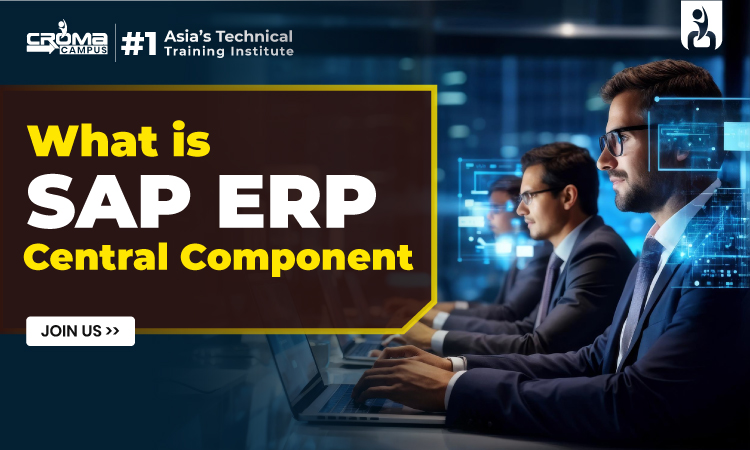
Introduction
SAP ERP Central Component (SAP ECC) stands as a cornerstone in enterprise resource planning, offering a comprehensive suite of functionalities tailored to meet diverse business needs. As the nucleus of the SAP Business Suite, SAP ERP ECC orchestrates essential processes spanning finance, logistics, human resources, and beyond. One can join the SAP Online Tutorial for the best skill development.
In this overview, we delve into the core features, benefits, and significance of SAP ECC in driving operational excellence and fostering growth within modern organizations.
What Is SAP ECC?
SAP ECC full form which stands for SAP ERP Central Component is a comprehensive enterprise resource planning software. SAP ECC is developed and maintained by SAP SE. It serves as the core component of the SAP Business Suite, providing essential business processes and functionalities across various industries. SAP ECC is designed to help organizations manage their business operations effectively, covering areas such as finance, logistics, human resources, and supply chain management.
Key Features And SAP ECC Modules
- Financial Accounting (FI): This module helps manage financial transactions, including general ledger, accounts receivable, accounts payable, and asset accounting. It ensures compliance with international accounting standards and provides accurate financial statements and reports.
- Controlling (CO): The CO module focuses on internal reporting and cost management. It allows organizations to plan, track, and control costs associated with their operations, aiding in profitability analysis and cost optimization.
- Sales and Distribution (SD): This module handles order-to-cash processes, including sales order processing, pricing, shipping, billing, and credit management. It ensures efficient management of customer relationships and sales activities.
- Material Management (MM): MM manages procurement and inventory functions. It covers purchasing, inventory management, material valuation, and invoice verification, ensuring effective supply chain management and material availability.
- Production Planning (PP): The PP module supports manufacturing processes, including production planning, scheduling, and execution. It integrates with other modules to ensure seamless production operations and material requirements planning.
- Quality Management (QM): This module ensures that products meet quality standards. It manages quality inspection, quality control, and quality assurance processes, integrating with procurement, production, and sales.
- Plant Maintenance (PM): PM module handles maintenance activities for plant equipment and machinery. It includes preventive maintenance, work order management, and equipment history, ensuring operational efficiency and reducing downtime.
- Human Capital Management (HCM): HCM manages employee-related processes such as recruitment, payroll, performance management, and employee development. It helps organizations optimize their human resources and improve workforce productivity.
- Project System (PS): This module assists in managing projects from planning to execution. It supports project planning, budgeting, scheduling, and resource management, ensuring projects are completed on time and within budget.
- Customer Service (CS): CS module focuses on after-sales service and customer support. It handles service requests, maintenance contracts, and service order management, enhancing customer satisfaction and loyalty.
You May Also Read These Posts:
SAP S4 HANA Certification Cost
Integration and Customization
The SAP ERP Central Component, enhanced through the SAP Accounting Course, is highly integrated and customizable, ensuring seamless data flow and consistency across various business functions. The integration capabilities of SAP ECC allow organizations to streamline their processes, reduce redundancies, and improve efficiency. Customization options enable businesses to tailor the system to their specific needs, providing flexibility and scalability.
Benefits of SAP ECC
- Operational Efficiency: SAP ECC automates and integrates business processes, reducing manual effort and errors. It enhances productivity and operational efficiency across the organization.
- Data Accuracy and Consistency: The integrated nature of SAP ECC ensures that data is accurate and consistent across all SAP modules. This improves decision-making and reduces data discrepancies.
- Scalability: SAP ECC can scale with the growth of an organization. It supports expanding business operations and can accommodate increased transaction volumes and additional users.
- Compliance and Risk Management: SAP ECC helps organizations comply with regulatory requirements and standards. It provides tools for risk management, internal controls, and audit trails, ensuring transparency and accountability.
- Enhanced Reporting and Analytics: The system provides robust reporting and analytics capabilities. It enables organizations to generate real-time reports, gain insights into business performance, and make informed decisions.
- Improved Customer and Supplier Relationships: By streamlining sales, procurement, and service processes, SAP ECC helps improve relationships with customers and suppliers. It ensures timely delivery, quality service, and efficient communication.
Implementation and Maintenance
Implementing ECC in SAP requires careful planning and execution. Organizations typically follow a structured implementation methodology, such as SAP’s Accelerated SAP (ASAP) methodology. This includes project preparation, blueprinting, realization, final preparation, and go-live support. Maintenance involves regular updates, patches, and enhancements to ensure the system remains up-to-date and secure.
Transition to SAP S4 HANA
SAP ECC is gradually being phased out in favour of SAP S/4HANA, SAP’s next-generation ERP suite. S/4HANA leverages in-memory computing and advanced analytics, offering enhanced performance and capabilities. Organizations using SAP ERP ECC are encouraged to plan their transition to S/4HANA to take advantage of these innovations and ensure future-readiness.
SAP ECC Versions List
Here's a list of SAP ECC versions:
- SAP R/3 Enterprise: Released in 2002, it marked the transition to the ECC architecture, integrating previous R/3 functionalities.
- SAP ECC 5.0: Introduced in 2004, this SAP ECC version brought significant enhancements in functionality and usability, particularly in the areas of financial accounting and materials management.
- SAP ECC 6.0: Released in 2005, it represented a major milestone with extensive improvements in various modules, including logistics, human resources, and customer relationship management.
- SAP ECC 6.0 Enhancement Package 1 (EHP1): Rolled out in 2006, it offered additional features and functionalities, such as enhanced reporting capabilities and improved integration with other SAP solutions.
- SAP ECC 6.0 Enhancement Package 2 (EHP2): Released in 2007, it focused on enhancing industry-specific functionalities and introducing innovations in areas like procurement and production planning.
- SAP ECC 6.0 Enhancement Package 3 (EHP3): Introduced in 2008, this SAP ECC version further refined existing functionalities and introduced new tools for compliance management and business intelligence.
- SAP ECC 6.0 Enhancement Package 4 (EHP4): Rolled out in 2009, it included enhancements in areas like financials, procurement, and enterprise services architecture.
- SAP ECC 6.0 Enhancement Package 5 (EHP5): Released in 2010, it brought improvements in usability, performance, and integration, along with enhanced industry-specific solutions.
- SAP ECC 6.0 Enhancement Package 6 (EHP6): Introduced in 2011, it focused on innovations in areas such as finance, human resources, and supply chain management, enhancing overall system capabilities.
- SAP ECC 6.0 Enhancement Package 7 (EHP7): Rolled out in 2013, it provided enhancements in various modules, including financials, procurement, and project management, along with improved support for industry-specific processes.
These ECC versions in SAP reflect SAP's ongoing commitment to innovation and continuous improvement, providing organizations with the tools they need to stay competitive in a rapidly evolving business landscape.
Conclusion
To summarise, SAP ERP Central Component (SAP ECC) is a robust and comprehensive ERP solution that supports various business processes and industries. Aspiring professionals can join the SAP Certification Courses for the best skill development. Its integrated and customizable nature, coupled with the benefits of operational efficiency, data accuracy, scalability, compliance, and improved relationships, makes it a valuable tool for organizations aiming to optimize their business operations.
Subscribe For Free Demo
Free Demo for Corporate & Online Trainings.
Your email address will not be published. Required fields are marked *

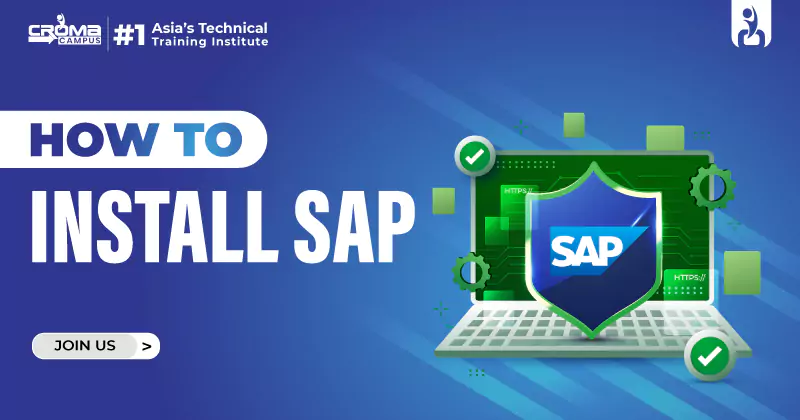
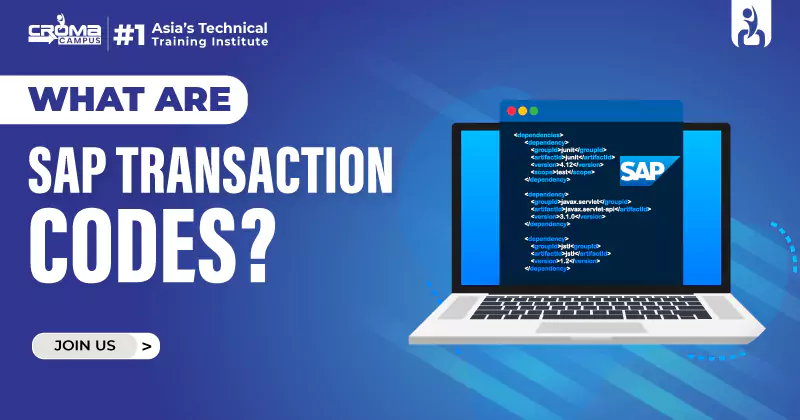
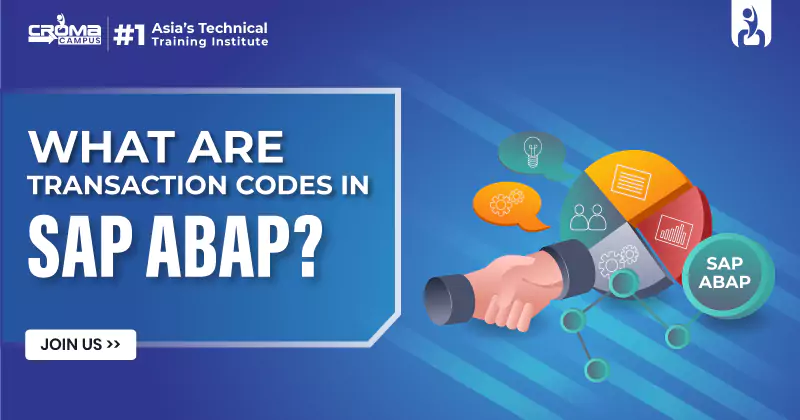
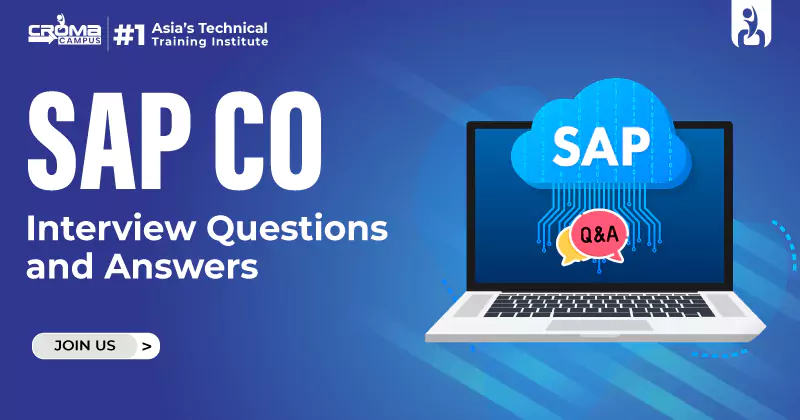
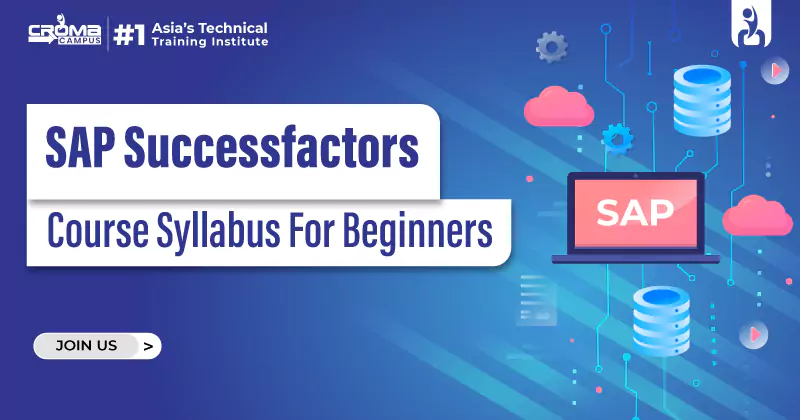
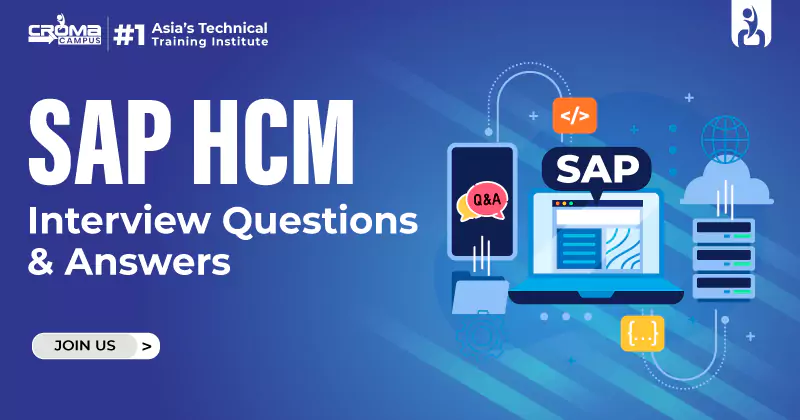
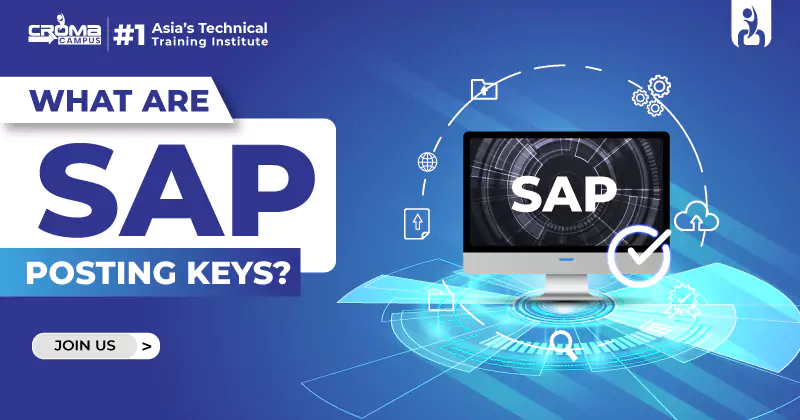

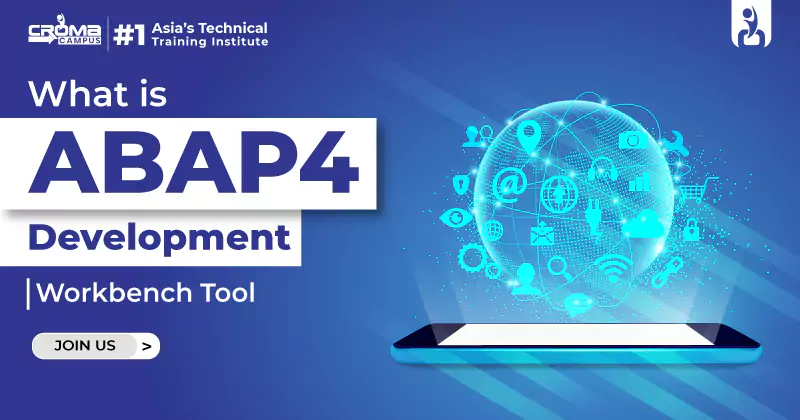











 Master in Cloud Computing Training
Master in Cloud Computing Training